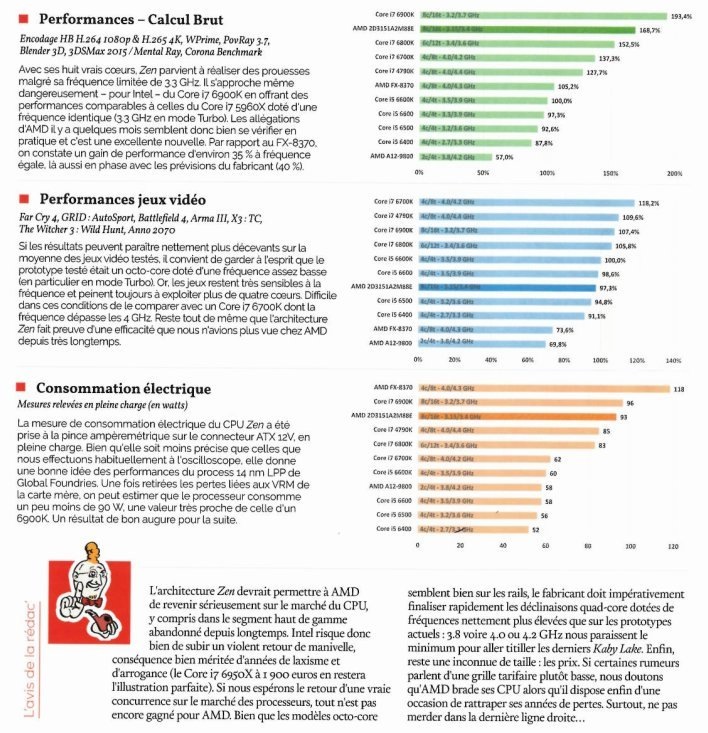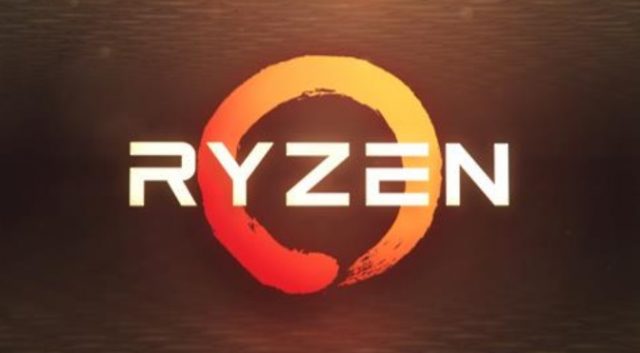Recent benchmark test conducted on the upcoming AMD Ryzen processors show a 50% rise in performance over its predecessors. We had previously reported how AMD was looking to steal Intel’s thunder come 2017 with its octa-core offering. This just might be the ‘Intel-slayer’ that tech circles have been abuzz about. Intel is offering its long-awaited Kaby Lake processor next year and AMD Ryzen has been demonstrated to provide the same IPC (Inter-Proces Communication) to modern CPUs as Intel does, making it more compatible with an ever-widening gamut of devices. IPC refers specifically to the mechanisms an operating system provides to allow processes it manages to share data and conserve energy.
This post on Reddit quoted the well-known French engineering and tech magazine Canard PC as having laid its hands on the new AMD Ryzen and testing it, yielding superb results. According to the figures quoted, the 95 watt AMD Ryzen processor’s ability to keep up with or surpass a 140 watt Intel Core i7-6900K was noted consistently, making the Ryzen an excellent choice for gaming and tech enthusiasts. Furthermore, in benchmark tests involving video and graphics encoding, the Ryzen fell between the Intel Core i7-6800K and Core i7-6900K chip in most instances. We had earlier reported how the AMD Ryzen built on the 14nm FinFET manufacturing process was giving Intel nightmares, metaphorically speaking. The AMD Ryzen also requires less voltage to hit certain frequencies and able to reach higher frequencies too, being a good overclocker.

The Figures That Matter
The AMD Ryzen CPU has a base clock speed of 3.15GHz and a turbo clock speed of 3.3GHz on all eight cores, as the image above shows in orange and also in the conclusion. A single CPU core can reach a clock speed of 3.5GHz maximum. AMD has previously stated that the lineup of AMD Ryzen CPU is going to feature a base clock speed of 3.4GHz and above. That claim now stands proven. In tests performed on gaming efficiency, the Ryzen processor is close to a Core i5-6500 or Core i5-6600 chip. While the Intel chip does have more raw power here, AMD’s chip will be cheaper and more efficient while still offering competitive performance. This has not been AMD’s forte over the last few years, as readers will know.
All said and done, Intel has a major challenge in 2017 to ensure its dominance in the computing business remains unaffected. Intel’s processors also cost higher than its AMD rivals at $1000. One other factor that needs to be kept in mind is these tests have been performed on pre-release hardware. The retail version that finally hits shelves may be even more powerful.
